You’ve probably heard all the hype about intermittent fasting and are now curious exactly what this is good for. Will you be starving all the time, are you going to lose muscle, is it safe, how do you do it and many more questions.
All of that and more will be covered in this blog post for a complete guide for beginners on intermittent fasting.
I will be honest and tell you that when I first heard of it I thought it was bogus and ridiculous! Who would ever go hours without eating, skipping breakfast and think they’re being “healthy” and able to preserve, or grow, muscle. However, my opinion quickly changed after I started looking into it myself and seeing all of the benefits, results on physique and mental focus I had while doing intermittent fasting.
What we’re going to cover in this blog post:
- Introduction
- What intermittent fasting is
- The benefits of intermittent fasting
- The different types of intermittent fasting
- What you can consume during the fasting period
- When the best times to workout are
- Common concerns and FAQ
- Who it’s not good for
- Getting started
Introduction
Intermittent fasting is rapidly becoming one of the most talked about subjects of today’s health and fitness industry.
If you do a google search on “intermittent fasting” (searched this in fall of 2018) you get 11,000,000 results!
There have been hundreds of studies, experiments, tests and labs done on intermittent fasting and you can find a plethora of articles to read from studies published.
What Is Intermittent Fasting?

Intermittent fasting is an eating pattern, NOT a diet.
You are basically going without food for a set period of time on purpose. Then when your fasting window ends you’ll have your first meal of the day and eat only for a certain time frame and then stop eating again.
For example, one intermittent fasting style I use is 16:8. Basically, I stop eating at 8:00 PM and won’t have any calories until 12:00 PM the next day; this is known as the 16:8 fasting style.
However, black coffee, carbonated water and other non-caloric drinks are acceptable during the fast.
At 12:00 PM you can have your first meal of the day and can continue eating until 8:00 PM that night. Then fast again until noon the next day and repeat the process.
The Benefits of Intermittent Fasting
Intermittent fasting can definitely help you look better but there’s also so many other benefits it hast that are great for your overall health.
1. Fat loss and muscle preservation / growth
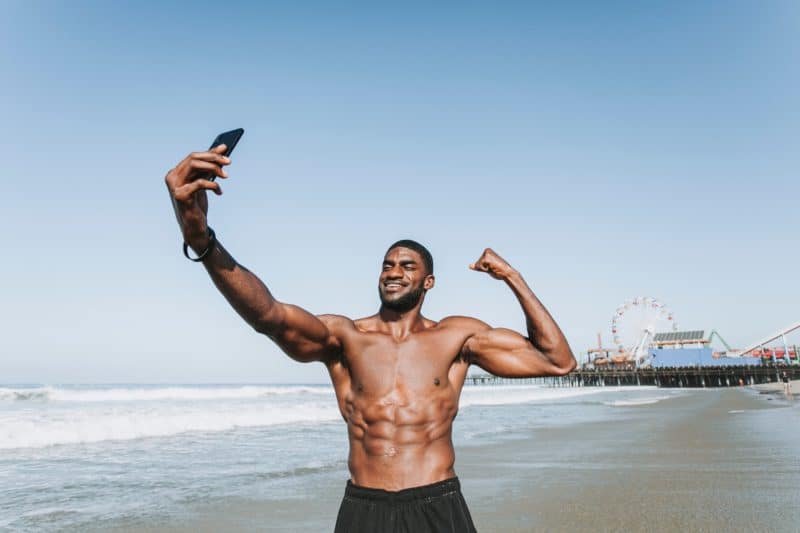
There are a lot of people that want to do intermittent fasting for losing weight and it can definitely be great for doing that.
I know when I started this I lost fat. You see your clothes fitting you better and your pants getting more loose. I saw results in about a week and they only continue to improve every week after.
You also don’t lose muscle when you do intermittent fasting either because there are hormone functions that help protect against that.
There have been multiple studies that prove intermittent fasting helps you lose fat and at the same time keep muscle or even build muscle. (1, 2, 3)
Through intermittent fasting you do end up burning fat more than you would otherwise for a few reasons:
- Less time to eat
- You simply have less time to eat, therefore, typically, consuming less calories (assuming you aren’t just binge eating during the eating phase)
- Consuming less calories is going to help you lose weight and only being able to consume calories for a certain amount of time is going to force you to eat less
- Body’s use of fat reserves
- When you go for a while without food your body starts to tap into its fat reserves
- This happens because of the release of catecholamines
- Catecholamines are hormones released by your adrenal glands
- Dopamine, epinephrine (adrenaline), and norepinephrine are the main ones
- They’re what allow your body to use fat stores and also at the same time they preserve muscle
- You have hormone functions that stop you from losing muscle
- Metabolic rate increase
- Fasting increases your metabolic rate by 3% to 10% or more (4, 5, 6, 7)
- You have an increased metabolic rate which in turn helps you burn more fat and energy
- Studies have shown your metabolic rate increases steadily up until about the 60 hour period
- This is where the intermittent parts comes into play because you’ll be eating way before that 60 hour period
- Human Growth Hormone (HGH)

- Intermittent fasting also effects your hormones in a positive way, one of which is increasing your HGH (8)
- HGH is an anabolic hormone, good for building up muscle tissue, proteins and more
- HGH is protective against loss of proteins and is a main fat burning hormone
- Anti-aging hormone
Two days of fasting induced a 5-fold increase in the 24-h endogenous GH production rate – a study by the Department of Medicine, University of Virginia of the effects of fasting on men in regards to HGH
However, you have to make sure you’re doing it correctly because even though there are these benefits you can still end up not losing as much fat as you’d like or otherwise could if you just did a few things differently.
There is also information out there that says you can eat whatever you want during your eating phase and still lose fat. Well that may be true if you’re eating less than what your maintenance calories are. However, you’re not really going to get the good physique you’re probably going after by eating pizza, ice cream and burgers every day, thinking you’re being healthy.
If you want to the most benefits from intermittent fasting you should still watch your caloric intake and manage your macros (proteins, carbohydrates and fats).
What I’m doing right now, at the time of writing this, is cutting down. So, my macro breakdown looks something like 50% protein, 20% carbs and 30% fats on an 1,800 caloric diet. The goal with that is that I’m still going to be preserving muscle with the protein, keeping my hormonal levels in check with the fats and low enough carbs to be actually losing fat.
An example meal would be chicken breast, with vegetables and rice cakes. Another meal could also be ground turkey breast, vegetables and a sweet potato.
2. Mental Focus

As I’m writing this blog post I’m currently fasting. This is probably my favorite part of intermittent fasting is the mental focus and energy you get when you go for prolonged periods without food.
I did a workout this morning and have been writing this blog post for several hours now with minimal breaks and still feeling great!
I know this is a concern a lot of people have is that they’ll have bad focus or mental fog but it’s actually the exact opposite. I will say though, it does take a few days to a week of getting used to it when you first do it. You might feel a little off when you first start in terms of light headed or moody or distracted but after a few days you’re completely fine once your body gets used to it.
Right now I’m 16 hours and 40 minutes into my fast and I’m a little hungry but really not even that bad. You get used to it and actually really start to enjoy the fasting period because of the concentration and focus that comes from it.
Let’s look at some of the science and reasons behind that mental focus:
- When you go for a while without eating, your brain going into survival mode where it actually gets hyper focused (it’s ok this is still not harmful to your health for “intermittent” fasting)
- Increased ketone levels
- Ketone bodies are what work to help people in the ketosis diet
- Ketones are chemicals made by your liver when your body doesn’t have enough carbs to turn to glucose because your liver glycogen stores aren’t ever used up. When producing ketones your body turns to burn fat for energy instead of glucose. It then turns to the fat in your body therefore burning up fat for energy. When fasting you don’t necessarily go into ketosis but it is similar and ketone bodies significantly help with mental acuity
- When fasting your body producing these ketones and those ketone levels rise the longer you fast for
- Around the 10 to 12 hour mark of fasting your ketone levels start to progressively rise. They keep rising until you eat which will then spike your glucose levels and after a few hours they return to normal (9)
- Increased autophagy (for mental benefits)
- Autophagy is the process by which old cells are broken down, repaired and cellular rejuvenation occurs. It’s a way of clearing out cells to make room for newer, healthier, cells
- There was a study done by The Scripps Research Institute that showed when you fast your body starts to induce more autophagy effects and as that happens it affects your brain giving you positive neural benefits
Our data lead us to speculate that sporadic fasting might represent a simple, safe and inexpensive means to promote this potentially therapeutic neuronal response. – study done by The Scripps Research Institute
There was a study done by the Journal of Psychiatric Research to see the effect of cognitive function with short-term fasting and it came back saying there was no decrease in cognitive function. They tested the individuals and put them on 3 different meal plans (missing one meal, missing two meals and not eating in a 24 hour period). The results came back that no reduction in cognitive ability occurred.
There was another study done by The American Journal of Clinical Nutrition that was testing the effects on cognition with calorie deprivation. They took 27 healthy young adults and put them through mental tests, tracked their activity and sleep. One group consumed a normal diet and one group on a calorie deprived diet. The results are as follows:
There were no detectable effects of calorie deprivation on any aspect of cognitive performance, ambulatory vigilance, activity, or sleep. The mood states assessed, including fatigue, were not affected by calorie deprivation.
Conclusions: Cognitive performance, activity, sleep, and mood are not adversely affected in healthy humans by 2 d of calorie-deprivation when the subjects and investigators are unaware of the calorie content of the treatments.
With these tests, knowing your brain goes into survival mode (it’s safe to be in this mode for intermittent times, you wouldn’t want to be in this mode for weeks but for several hours is ok) making it hyper active and having your body produce ketones I’d say overall that demonstrates that you don’t lose mental focus when fasting but rather gain mental clarity.
3. Overall health
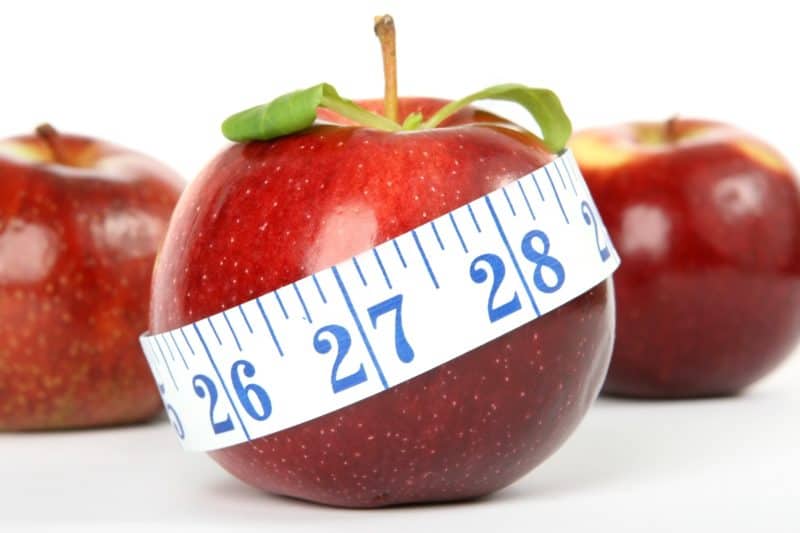
People are most attracted to intermittent fasting because they hear of the weight loss benefits that go with it. However, in addition to the weight loss there are substantial overall health benefits that go along with intermittent fasting.
When I first started intermittent fasting I enjoyed it mostly for the mental focus and fat loss. However, the more I research intermittent fasting and discover the amazing benefits on our overall health I’m shocked to learn all you can get just from “not eating.”
So, here are some of the benefits on overall health:
- Autogaphy (for overall health)
- We talked about this one before for the mental benefits but it also has substantial benefits on overall health that I want to mention here as well
- The process where old cells get eaten up by new cells to help with:
- Skin glowing better
- Longer life span
- Organ function
- Brain health
- Reduces coronary heart disease (CHD)
- This study shows that intermittent fasting with caloric restrictions helped to reduce CHD
- Reduced inflammation
- Reduced oxidative stress
- Increased resistance to stress for the brain and heart
- Reduction in blood sugar levels
- Decreased blood pressure
- Shown to help with diseases such as cancer
4. Lifestyle
Another reason that I’m a big fan of intermittent fasting is because it makes eating healthy meals and meal prepping a LOT easier.
If you do a meal prep at the beginning of each week (meal prep is where you cook all of the proteins, carbs and veggies you’ll need for the week and get them ready in containers to then store in the refrigerator to eat throughout the week) then eating on an intermittent fasting pattern makes prepping easier because you’re not making 4 or 5 meals throughout the day but rather just 2 or 3 for the day, depending on your goals.
I remember when I first started meal prepping eating on a normal, non-fasting, schedule it took me several hours on a Sunday night to get everything ready for the week. I had to prepare breakfast, get snacks ready, get lunch ready, get more snacks ready, get dinner ready and then plan out a snack after that. However, when I meal prep during intermittent fasting it probably saves me a few hours on Sunday! I don’t know about you but I’d rather not spend my entire Sunday cooking, organizing and counting calories for the week.
Different Types of Fasting
When it comes to fasting there are a few different kinds of intermittent fasting styles to go with.
The type of fasting you choose depends on what works best for you, what you’re trying to do and if you’ve ever done it before.
If it’s your first time to intermittent fasting you probably don’t want to start with an extreme style.
Let’s jump right into it:
16:8
- What it is: It’s basically going for 16 hours of fasting and having an 8 hour eating window
- History: This method was made popular by Martin Berkhan who is the creator of Leangains
- This is the main fasting I do and for me the most sustainable because it’s consistent and can be done every day
- It’s the most popular intermittent fasting model, where most beginners start, because it’s the basic level and at 16 hours is where you get a good effect of a fast
5:2
- What it is: This is an eating pattern where you eat normal for 5 days and for 2 days you’re on a restricted eating diet of about 500 to 600 calories a day on those 2 days (500 calories for women and 600 calories for men)
- History: This diet was made popular by Michael Mosley with his book The Fast Diet
- You don’t have to do those two days back to back but instead mix them around the week. For example, Monday is a regular day, Tuesday is a restricted calorie day, Wednesday and Thursday are regular days and then Friday is a calorie restricted day and Saturday and Sunday are regular.
- The idea of 500 to 600 calories came from men and women’s caloric daily intake should be 2,000 for women and 2,400 for men. Then on a fast day you eat a quarter of your normal calories.
Eat-Stop-Eat
- What it is: This type of intermittent fasting says to fast for 24 hours once or twice a week
- History: It was made popular by Brad Pilon who wrote the book Eat-Stop-Eat
- If you were to stop eating one dinner at 7:00 PM Sunday night and then didn’t eat anything until 7:00 PM Monday that would be your 24 hour fast
- You don’t need to immediately start on a 24 hour fast at first though, you can ease your way into it if you need to. Start that fasting day on a day you need to be most productive because you’ll be just purely in the zone without spending time eating
- Like I said before, one of my favorite parts about intermittent fasting is that I don’t have to spend 30 minutes in the morning making breakfast, spending time eating a snack before lunch and having that mental energy wasted on those meals. I can just get up, get ready and leave in the morning spending about 15 minutes all together instead of 45 minutes like I did when I ate breakfast. That’s another 30 minutes of sleeping, or working depending on your goals at the time, that you can get back in your, probably, busy schedule.
Alternate-Day
- What it is: This one is simple to understand but hard to do. The goal is to fast every other day and the days you aren’t fasting you’re eating regularly. Still eating good during those regular days, don’t go on cheat day binges every regular day or else you’ll never see any improvement and you’ll just waste your energy fasting.
- History: It was made popular by Dr. Krista Varady with her book The Every Other Day Diet
- The main way to do this is to eat NOTHING one day and then the next day just eat regularly
- There’s a modified version where you can have 500 calories or so on your “fast” day but that defeats the purpose of the fasting because any caloric intake will break your fast and spike your insulin. The best park of eating nothing is the low insulin response, which is where you get all the benefits.
- This style of intermittent fasting is difficult because you’re going to be hungry often throughout the week
The Warrior Diet
- What it is: This is, for the most part, eating one massive meal a day. The basics are that you go 20 hours without eating and at night you have a big meal with some other feeding during those 4 hours
- History: This fasting style was started by Ori Hofmekler, who was part of the Israeli Special Forces
- The idea behind this is that when humans were evolving they would go all day hunting and not be eating much; if anything at all. Then when they got back to camp they would cook their hunt and feast
- This is definitely not for everyone but I’ve seen people have incredible success with this and are passionate about this style
Choosing the right style for you
There are other options of intermittent fasting but these are the main ones and as a beginner these are really your best choices.
They all apply different lifestyles and experience levels. Honestly, whichever one looks intriguing to you, the option is on the table to give it a shot. I’d say find one that works best with you and your schedule and just go with it.
However, if you’d like some guidance on where to go, and if you’re just starting out, a good one to go with is the 16:8 choice because it’s basic, you can just repeat the same thing every day and you don’t have to worry about following a lot of details with this plan.
- You just stop eating at 8:00 PM and then don’t eat until 12:00 PM the next day.
- If you want to modify it at first just to get used to it you can do a shorter version where you stop eating at 8:00 PM and then eat again at 10:00 AM or 11:00 AM the next day instead of 12:00 PM.
You’ll still get some benefits of fasting (although the ketone bodies mainly kick in at the 10 to 12 hour mark of the fast) and it’ll keep you more engaged with this eating pattern rather than trying it one day and kicking it aside. Just remember to increase it to that 12:00 PM time frame the more used to it you get so you get the full benefits.
I remember when I first went for it, it was daunting thinking I couldn’t eat until 12:00 PM but it went better than expected. So just keep in mind, you aren’t going to fall apart by skipping breakfast and try to enjoy the free time of productivity, or extra sleeping in time, you’ll get from this at first.
What You Can Consume During The Fasting Phase
So with all this fasting what can you consume?? I know it’s all a lot to take in and thinking about going hours or days without eating is intense.
During the fast, you can drink water, coffee, tea and carbonated water with no concerns at all. You can also put in lime or lemon juice however, if you’re going for a longer fast then this may break it because it has a caloric effect. However, it has no insulin response on you so if you’re just intermittent fasting it’ll be alright.
You can also have diet soda and put zero calorie sweetener in your coffee/tea but some of those might interrupt your fast. However, if you just need to have some sweetener with your coffee then going zero calorie sweetener is better than just giving up on the fast all together with an egg omelet or something.
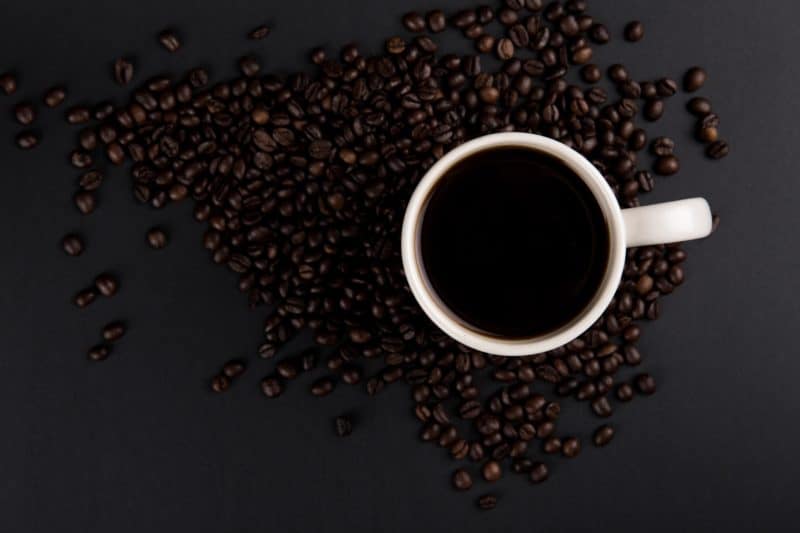
You CANNOT put creamers and sugar in your coffee or tea or any drink. That will break your fast. Essentially, almost, everything you eat or drink (other than what I listed that’s in the O.K. section) can break your fast.
The Best Times To Workout
You’re probably intrigued by intermittent fasting for the weight loss benefits and with that also comes the fitness and working out portion.
While doing intermittent fasting you can definitely get good workouts in without feeling weak. You just have to pick the right times that work for you and your schedule. Whether you’re working full time or if you have free time throughout the day you have to choose something that’s right for you.
Typically the best times to workout are going to be actually DURING your fast.
- Some people will get a workout in about an hour or so before their fast is going to end that way they can just eat their meal right afterwards.
- Assuming a 16:8 fast ending at 12:00 PM, this would be getting in a 1 hour workout at 11:00 AM and eating at noon.
- Others prefer to do a workout in the morning, middle of their fast essentially, and then still fast for a few hours until they eat their first meal.
- Assuming a 16:8 fast ending at 12:00 PM, this would be to get in a workout anywhere between 6:00 AM to 8:00 AM.
- And for the majority of people who have full time jobs they’ll be going after work before their last meal of the day, dinner.
- Assuming a 16:8 fast ending at 12:00 PM, this would be to get a workout in between 5:00 PM and 7:00 PM and then finishing your final meal by 8:00 PM.
From a scientific point of view, and for the most benefits out of intermittent fasting, the best time to get a workout in is in the morning (6:00 AM to 8:00 AM) with the second best option being right before you’re about to break your fast (11:00 AM).
This is because when you workout during your fast your body is most receptive to burning fast and building muscle, among other health benefits.
However, if the morning workout is too much to do, and then to also NOT eat right afterwards, then your best choice might be right before the fast ends.
If you’re part of the crowd that has a full time job and can’t get a workout in at any other time of the day but after work, then so be it, that’s when you get your workout in. You won’t get as much of a benefit as the other two options but you will definitely still get the benefits of intermittent fasting.
Common Concerns and Frequently Asked Questions (FAQ)

There are definitely a lot of questions and some concerns when doing intermittent fasting.
Here are some of the most common:
- Will I lose muscle while intermittent fasting?
- No
- There are studies showing that while fasting you burn fat and preserve muscle
- Is it safe?
- Yes, studies show it has no harmful effects on our health as long as you don’t go days without eating for long periods of time
- Won’t I be hungry?
- Possibly
- I’m not going to lie, fasting isn’t easy at first and I still have hunger cravings now and then but have gotten used to it
- Even after a week of doing it you will probably still have hunger cravings, but they absolutely get less intense as your body gets used to it
- You don’t notice the feeling as much when you’re fully concentrated in work. That’s why it’s always best to have your fasting time the time when you need to be most productive
- Women get stronger signals of hunger than men because of their reproductive systems which are working for the survival of not only her but possibly her child she’s carrying or at some point could carry
- Is intermittent fasting bad for my metabolism?
- No
- I showed studies earlier saying that intermittent fasting is not bad for your health
- However, if you go for extended periods of time, longer than a few days, it will have an effect on your metabolism
- But for “intermittent” fasting no it’s fine
Who Intermittent Fasting Is NOT Good For
Intermittent fasting is wonderful for so many reasons but it is not for everyone. If you try it for a week or so and just can’t work with it, then it’s not for you.
Intermittent fasting is also not good for someone who’s had a history of eating disorders (Bulimia, anorexia, binge-eating) because it may result in overeating during the eating phase whereas it may be manageable otherwise. This overeating isn’t good because there are other health problems, one such as SIBO, that may come from it if one goes too far in the other direction.
The biggest thing you have to remember when doing intermittent fasting is that it doesn’t give you a free pass to eat whatever you want during the eating phase. So many articles and people say to “eat whatever you want” during that eating window but you should be following a healthy lifestyle not just binging during the eating period or else it can cause health issues and weight gain (just like bad eating and overeating on any regular diet will).
Getting Started
So, now you’ve taken in ALL this information and are ready to hit the ground running but there’s so much information where do you start?
- First, pick an eating pattern of intermittent fasting you like (16:8, 5:2, eat-stop-eat, alternate day, warrior diet). If you don’t know which one to go with choose the 16:8. It’s a good beginner choice and easy to follow.
- Then, if going with the 16:8, just stop eating by 8:00 PM TONIGHT (if it’s already past 8:00 PM, eat regular tomorrow and stop eating by 8:00 PM tomorrow) and then don’t eat until 12:00 PM the next day.
- Squeeze your workout in either in the morning, right before your fast ends or after work; just go with what works best for your schedule for now.
Just remember:
- Only coffee/tea/water/carbonated water during the fast
- DON’T binge eat during the eating window, still be healthy (with a cheat meal once a week)
And that’s it! You’re ready to go and start your intermittent fasting. The first few days you will probably feel “off.” Light headed, headache, irritable (if your symptoms get too bad please seek medical attention, I am not a doctor so please talk to your doctor first before starting this if need be).
But after a few days your body gets used to it. You will probably still have hunger cravings after the first week but it gets more manageable and isn’t even an issue once you’re in the habit; your body adjusts to it too. I don’t actually start getting hungry until about noon nowadays.
Let me know what you think! Have fun with it and if you enjoyed it please share it with someone who may benefits from it or on social media!

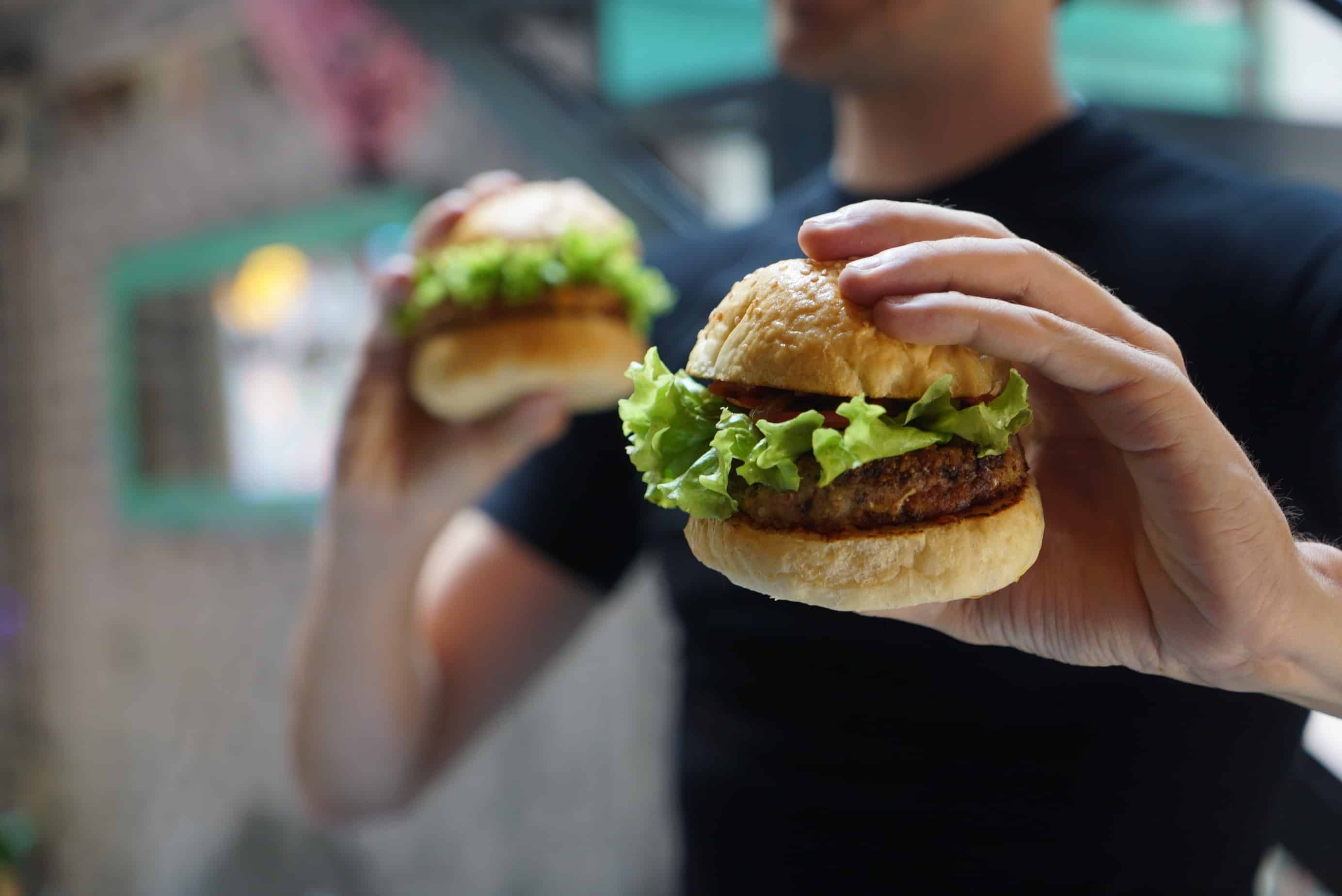







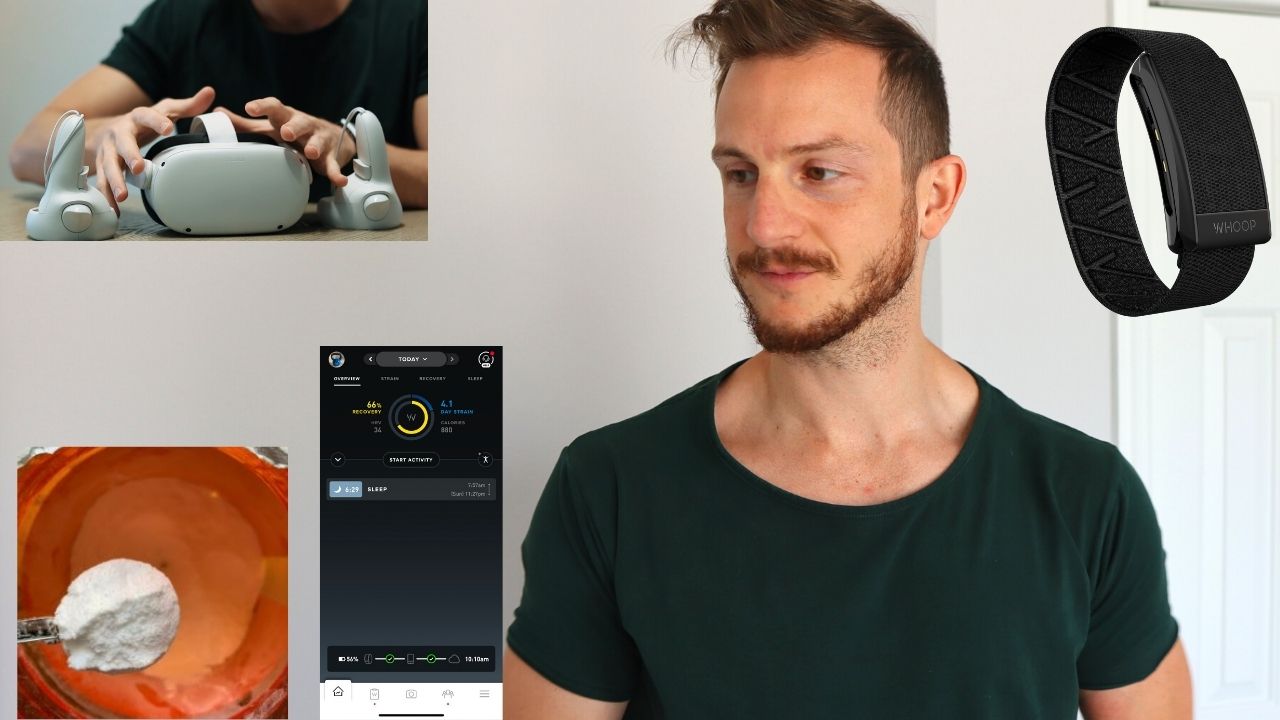
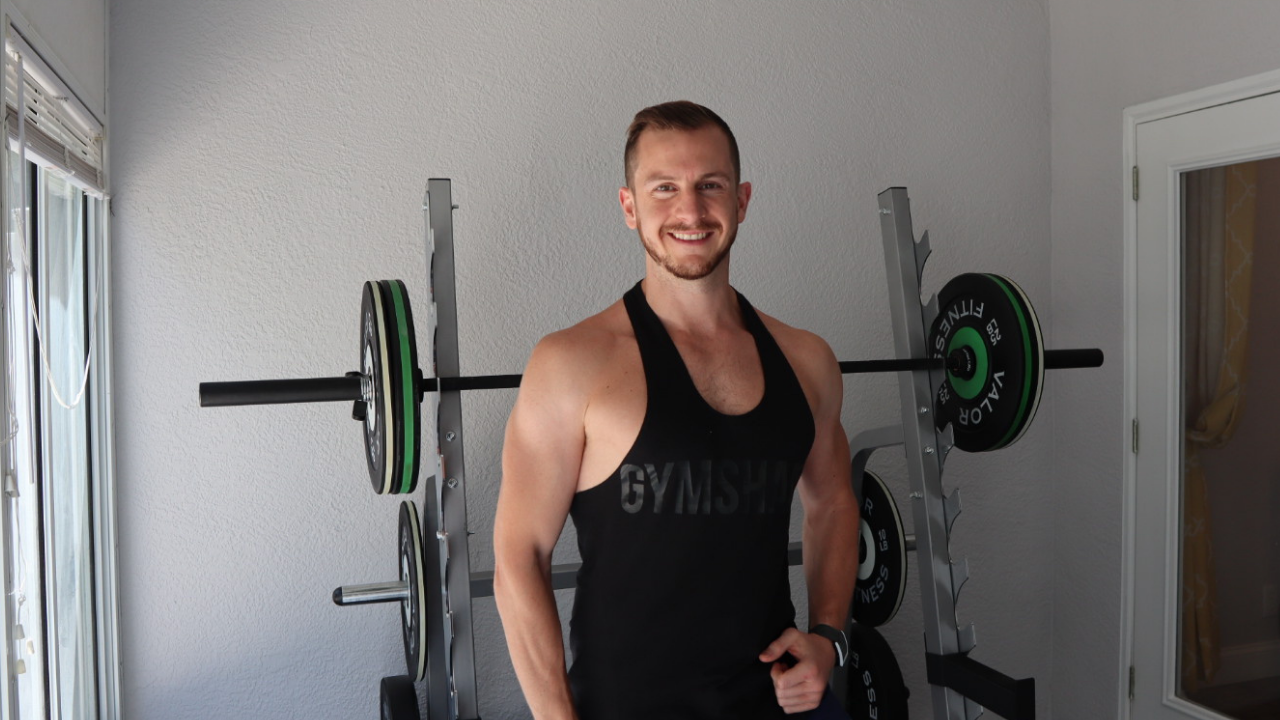
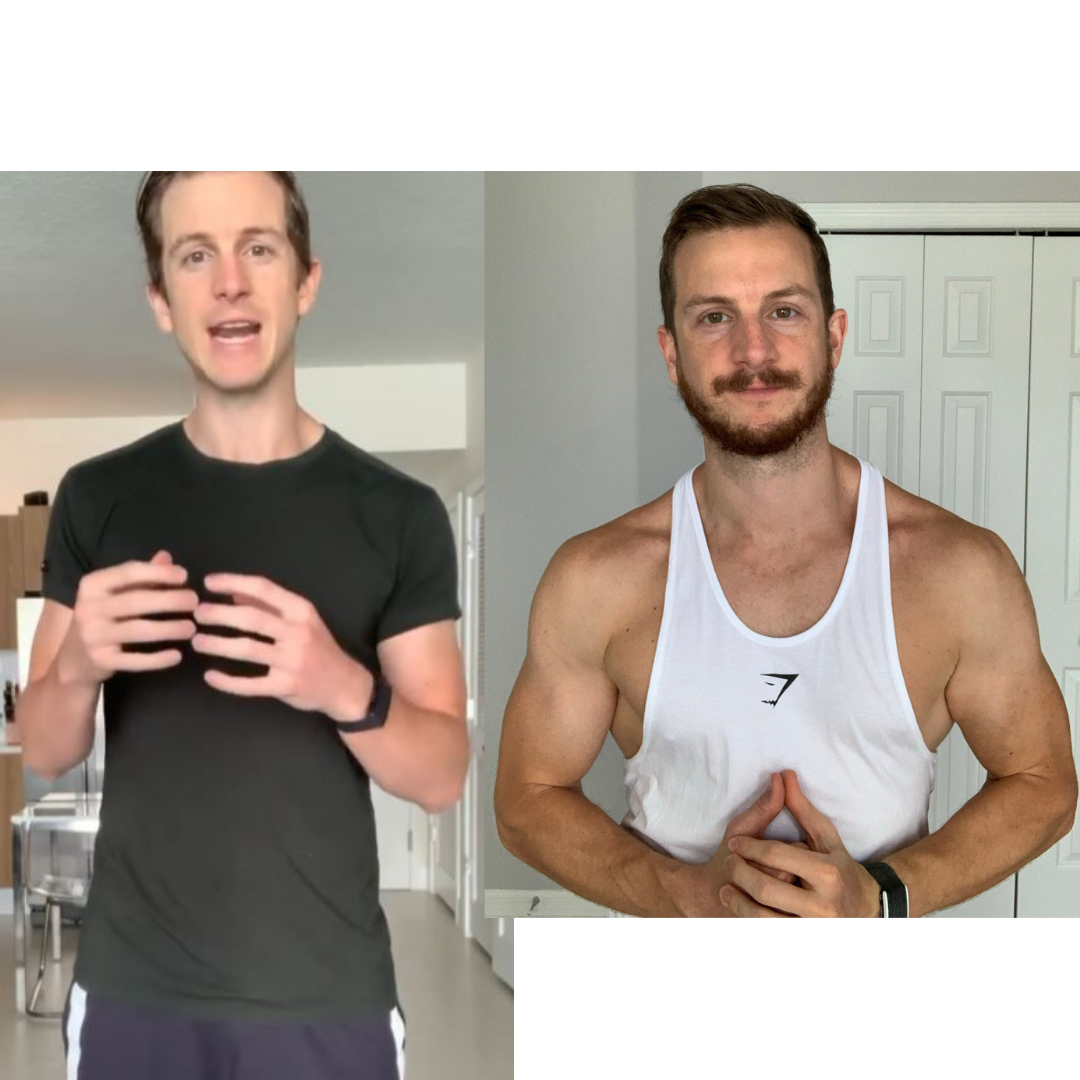
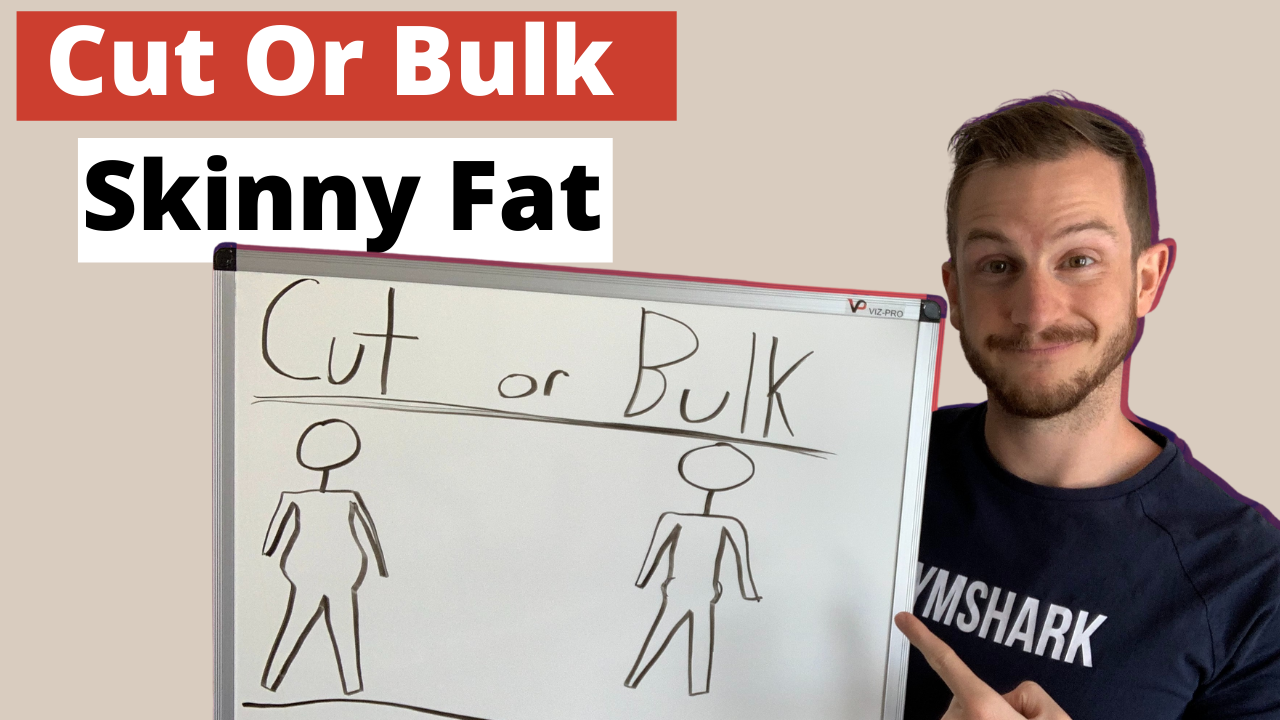
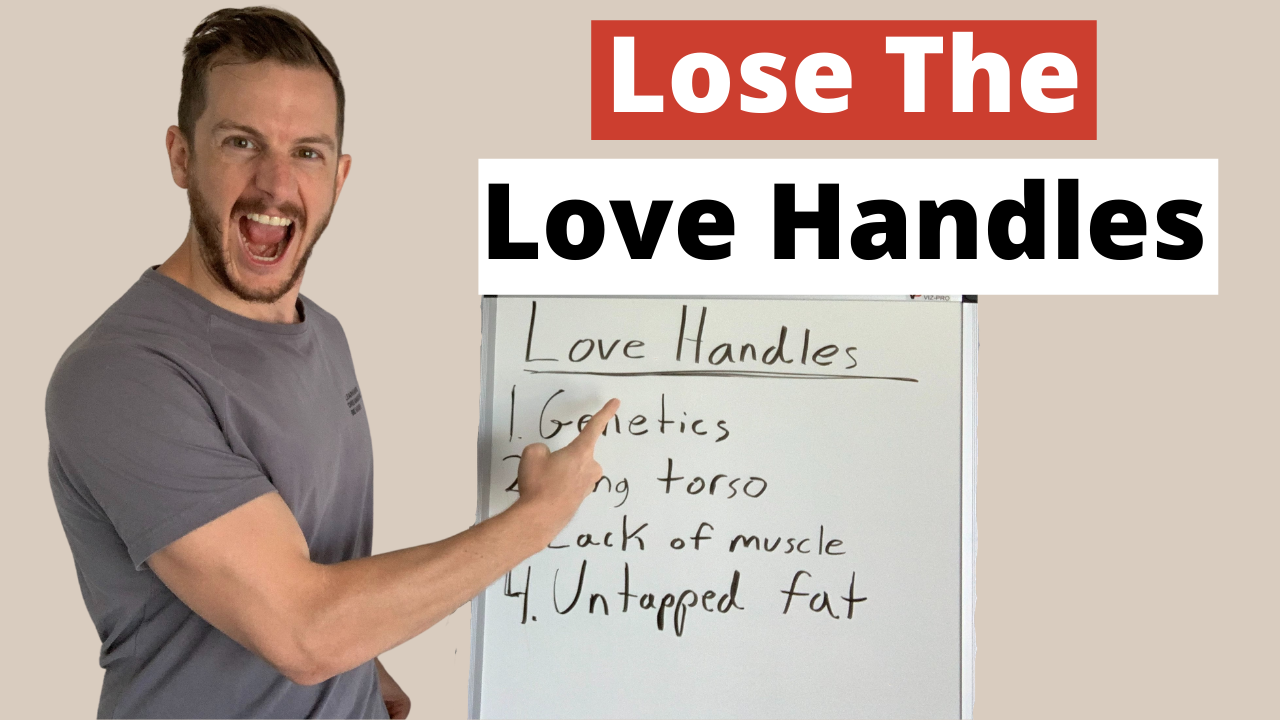
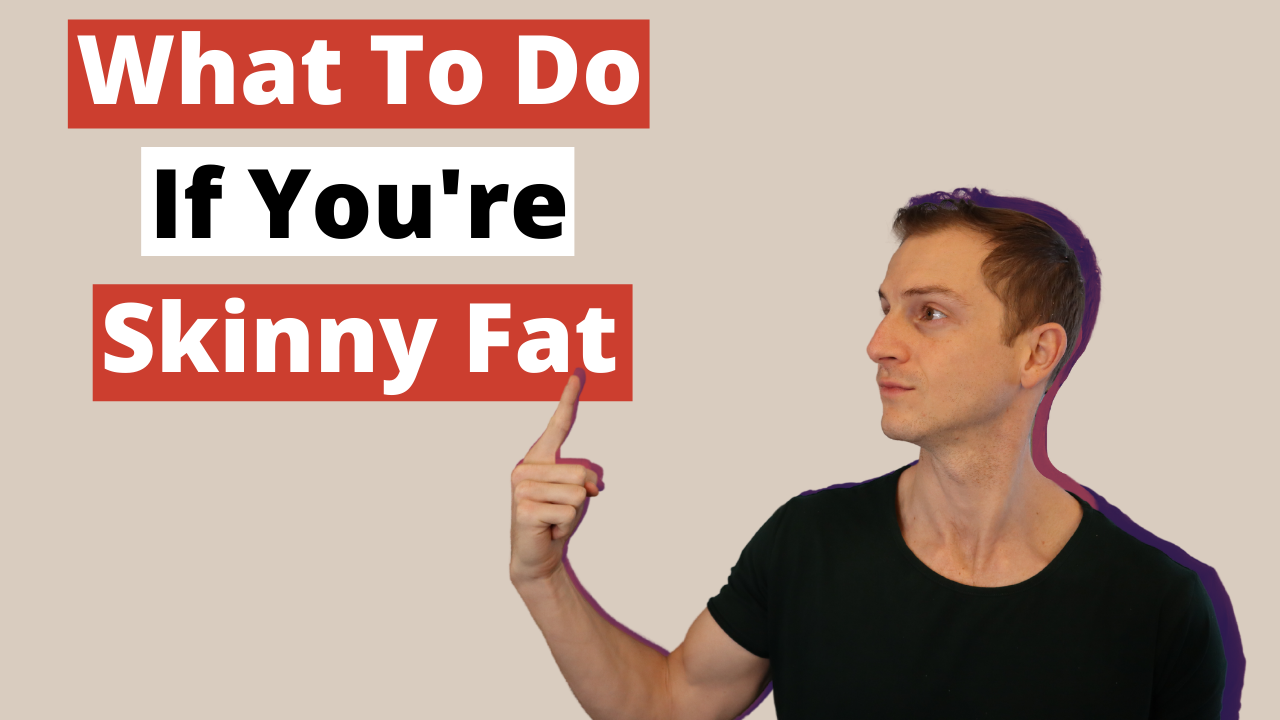
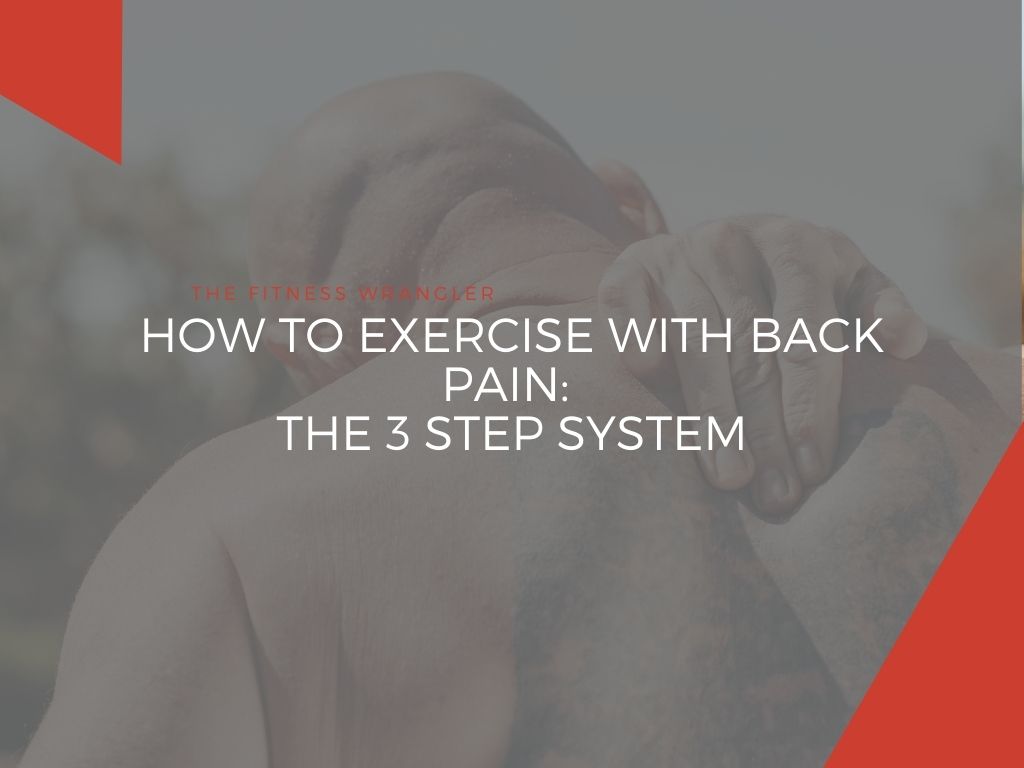
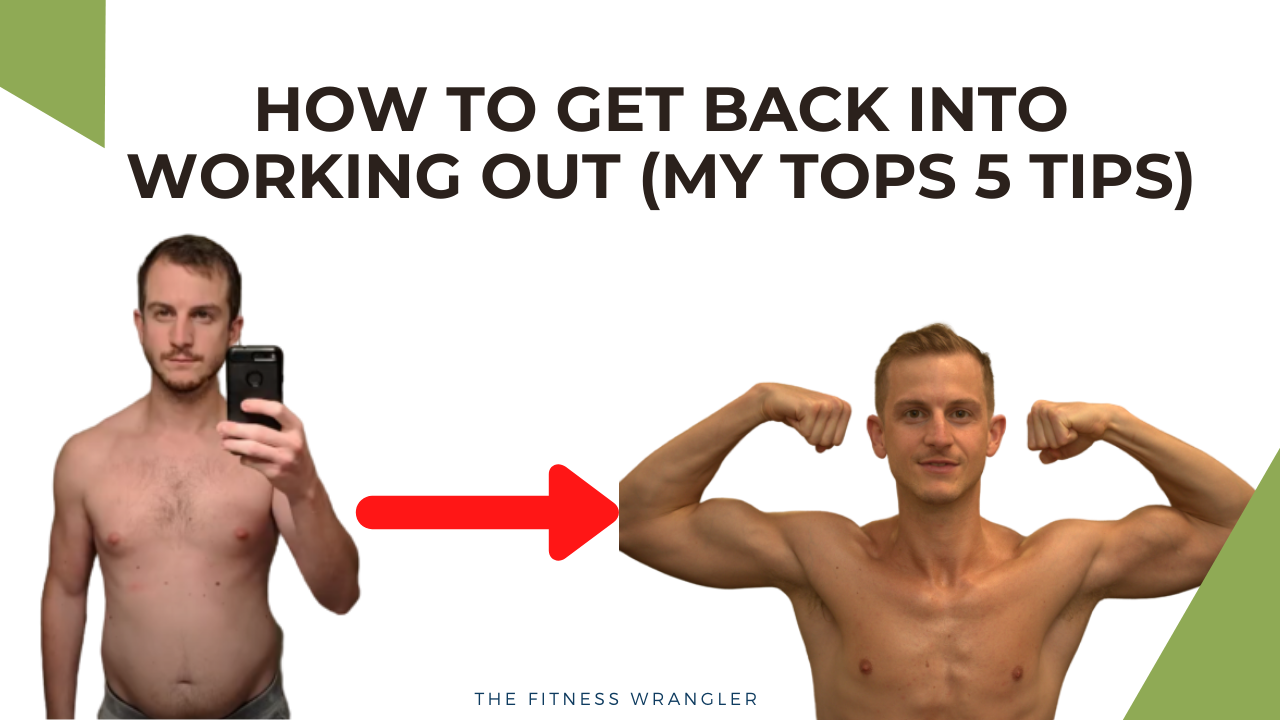
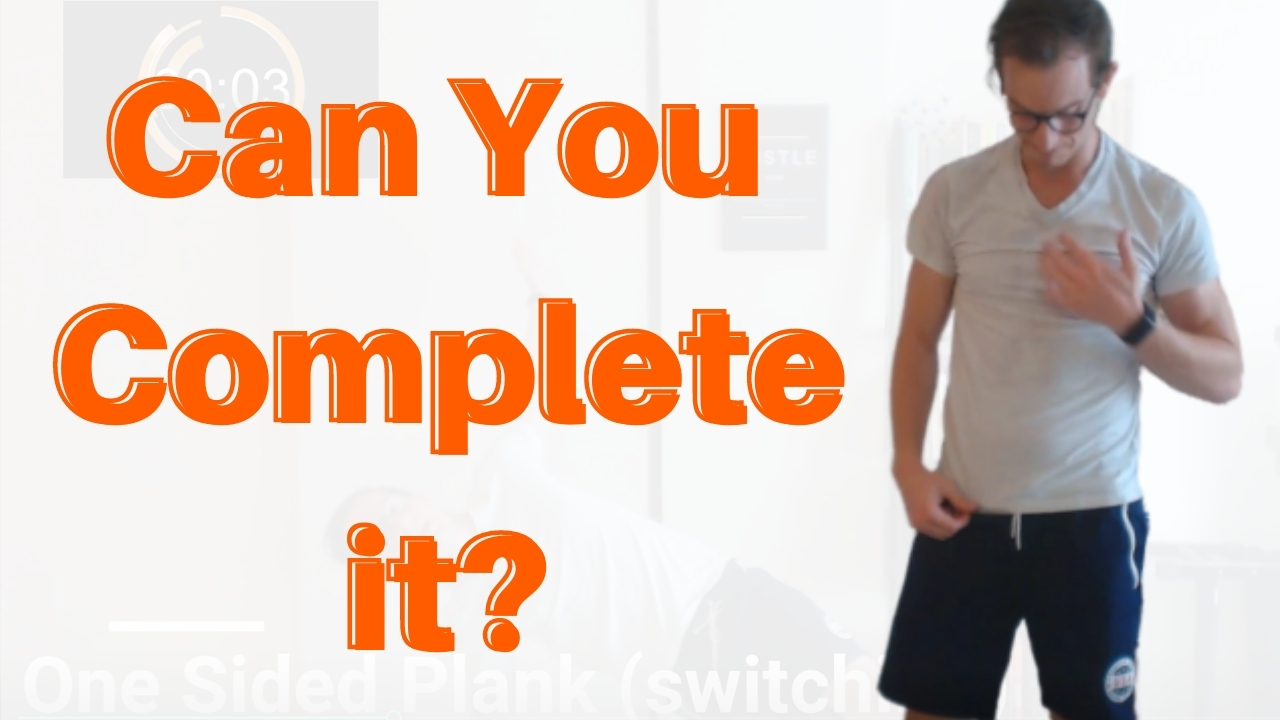
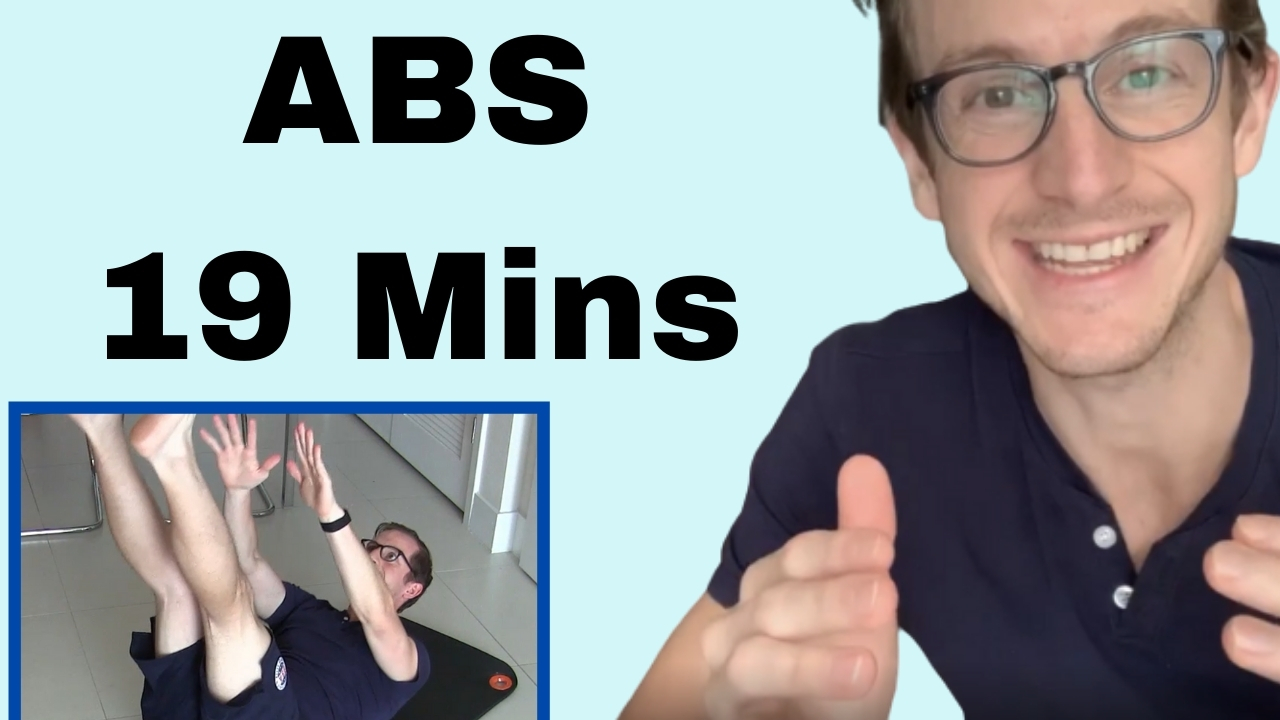
Leave A Comment